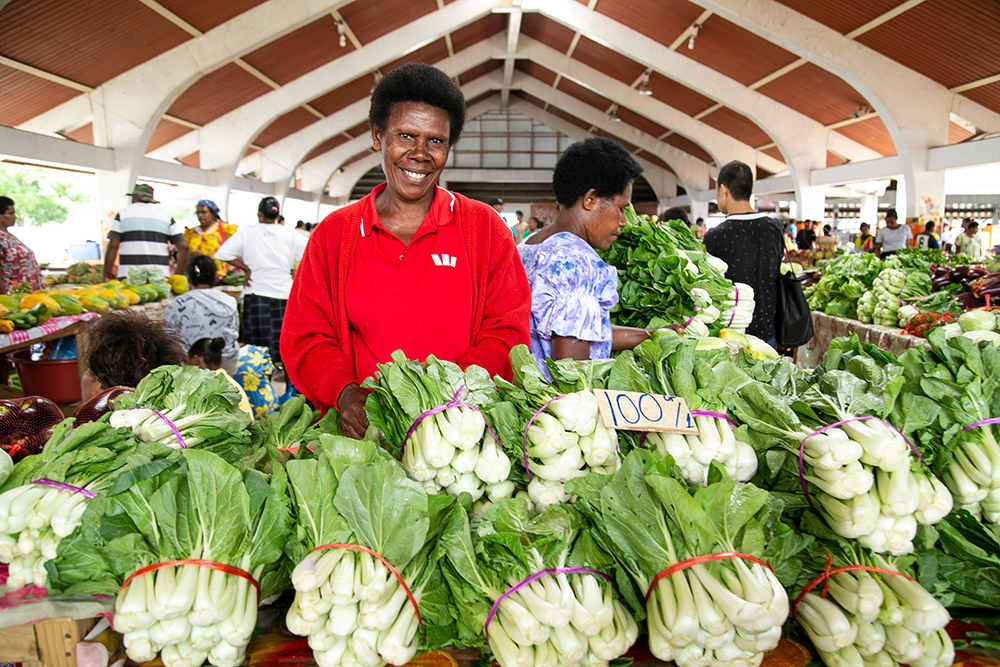A better understanding of land and property data has the ability to improve tax revenue and enforcement of existing rules, regulations and tax penalties in order to improve key services and the overall well-being of residents.
Collection and analysis of land and property data addresses the absence of sound, trust worthy data, which in turn can offer PVMC the opportunity to re-evaluate key income generation procedures, such as valuation; explore more effective ways to collect income, such as the use of online platforms for paying taxes and building permits obtainment; and develop plans to address gaps in service provision such as water, electricity and solid waste collection. More and better data could also enhance information sharing between the departments within PVMC, its national and provincial counterparts, and the general public.
Data collection related to land, property and major infrastructure can be undertaken in the immediate short term by adding additional questions to an existing survey designed for implementation within the five wards.




